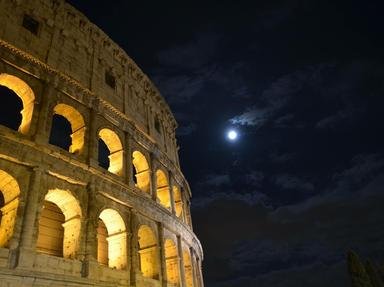
How Many Years Can Some People Exist Quiz
A Brief History of the Western Roman Empire
Empires come and go, with some lasting a lot longer than others. This quiz will examine ten major events that took place in the history of the Western Roman Empire.
An ordering quiz
by ponycargirl.
Estimated time: 3 mins.